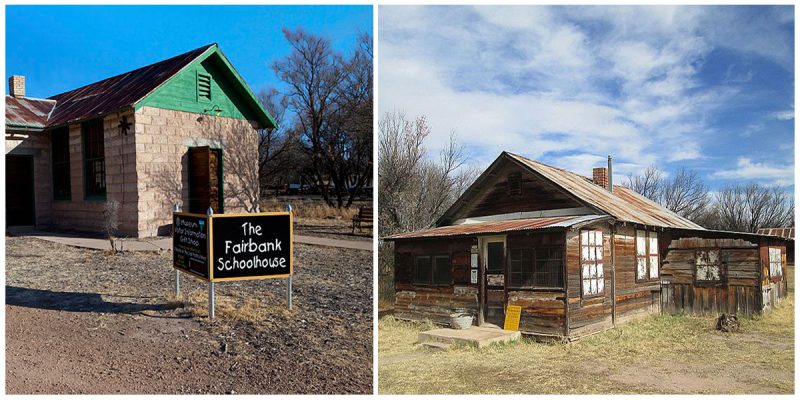Fairbank is a “ghost town” located within the San Pedro Riparian National Conservation Area (NCA), along the San Pedro River. First settled in 1881 (with the construction of a railroad) Fairbank was the closest rail stop to nearby Tombstone, which made it an important location in the development of southeastern Arizona. The town was named for Chicago investor Nathaniel Kellogg Fairbank who partially financed the railroad and was the founder of the Grand Central Mining Company, which had an interest in the silver mines in Tombstone.
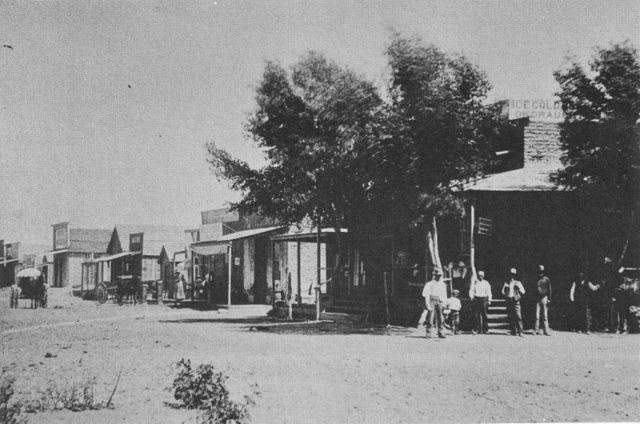
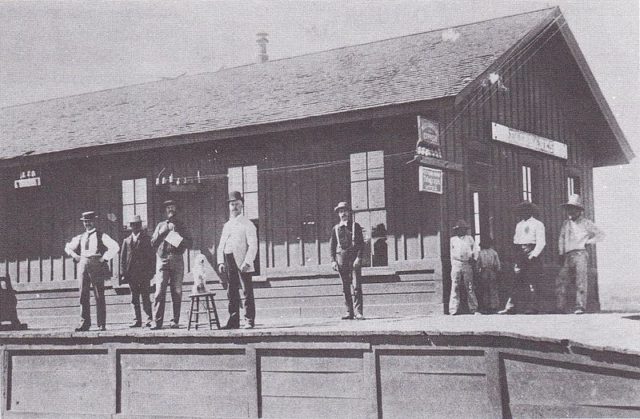
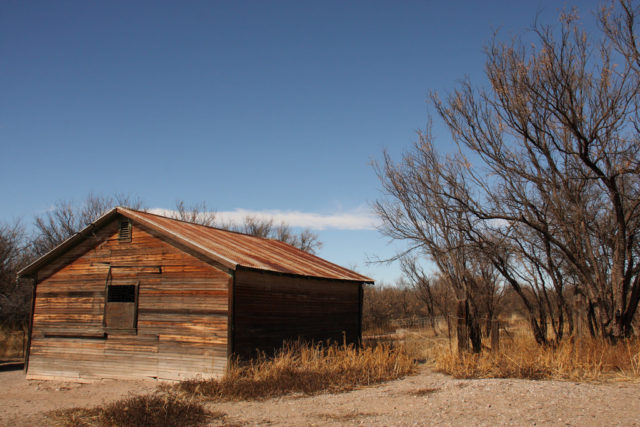
Fairbanks was not only the main supply point for Tombstone but also served the many freighters hauling ore from the Tombstone mines to the mills at Contention City and Charleston. The town became an important supply point for Tombstone and was one of the largest western. In the mid-1880s, the town housed about 100 residents and boasted a steam quartz mill, a general store, a butcher shop, a restaurant, a saloon, a Wells Fargo office, the railroad depot, and a stage coach station.
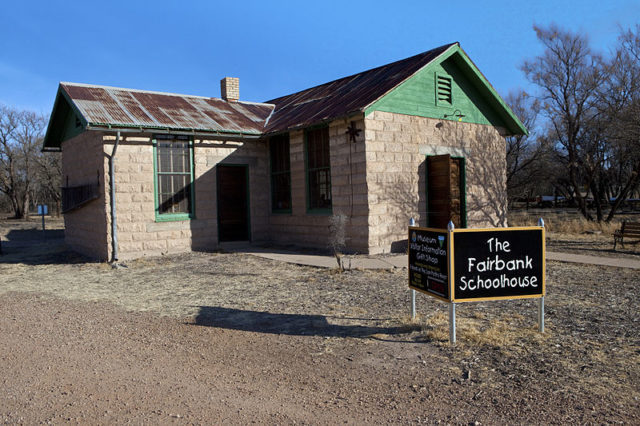
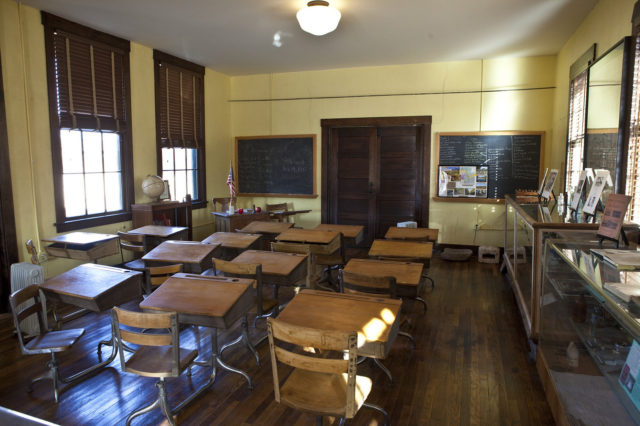
When the Tombstone mines closed after flooding in 1886, Fairbank’s prominence declined as the nearby mills shut down, and the rail depot it offered became increasingly unnecessary. Subsequent droughts drove away area farmers and ranchers, further isolating the town. Four years later, in September 1890, the flooding of the San Pedro River caused significant property damage, thinning down the population further.
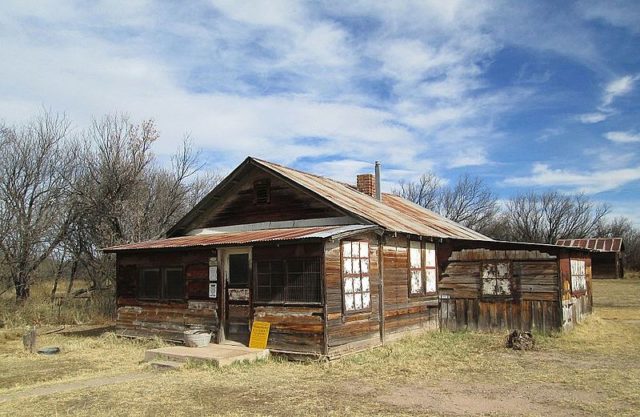
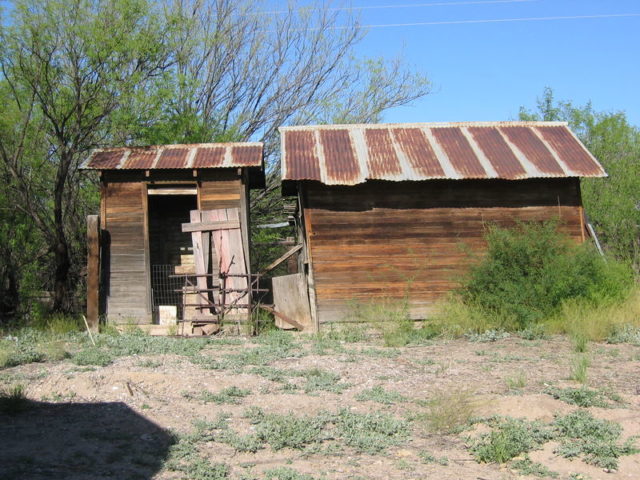
Fairbank was once the scene of an attempted train robbery of the express car on the Benson-Nogales train by the Burt Alvord gang. On February 15, 1900, lawman Jeff Milton, Express Messenger and former lawman, drove off the bandits despite a serious bullet wound sustained to his arm. The robbery was unsuccessful, and gang member “Three Fingered Jack” Dunlop was mortally wounded, later to die in Tombstone after confessing to the attempted robbery. In 1961, the Fairbank train station was moved to nearby Tombstone and restored. It now serves as the city library and is open to the general public.
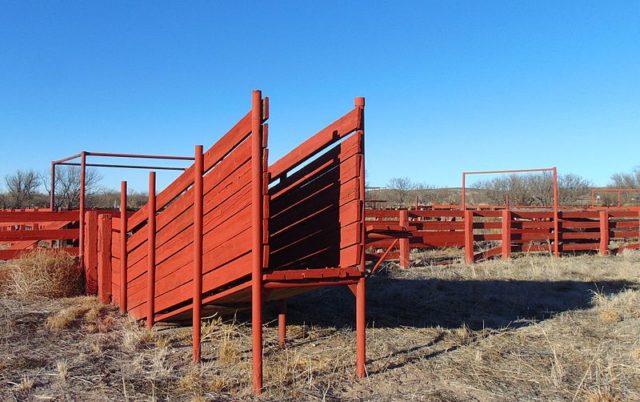
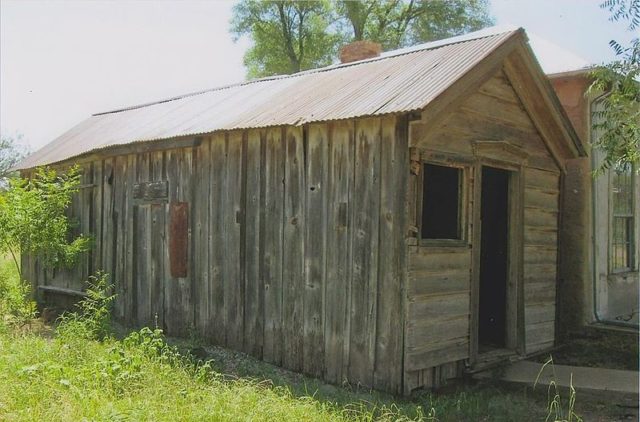
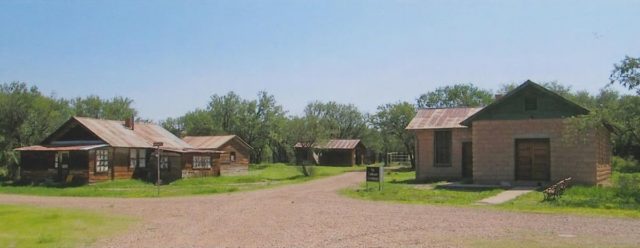
By the mid-1970s Fairbank was all but deserted. The final remaining residents left when the buildings were deemed unsafe. After that, the post office closed, and the side roads became overgrown and largely impassable. The town was incorporated into the San Pedro Riparian NCA as the “Fairbank Historic Townsite”. What remains of the town of Fairbank is now open to the public.
